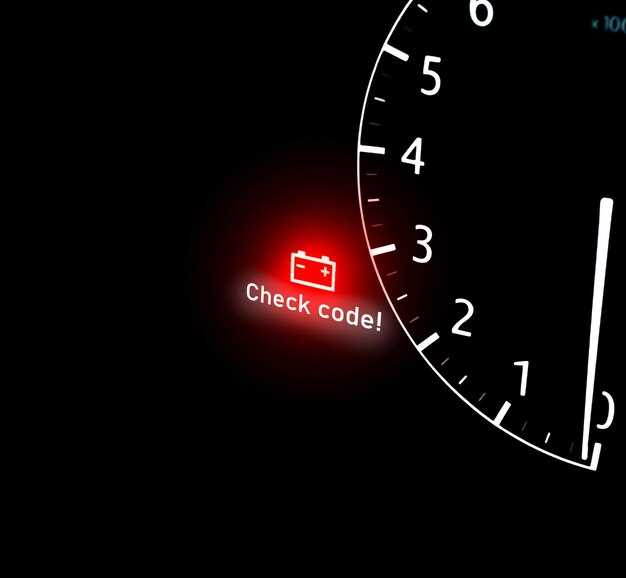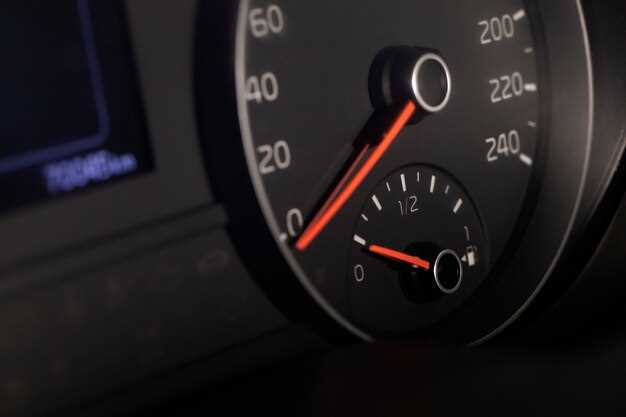What Causes Dashboard Warning Lights

Dashboard warning lights serve as critical indicators of a vehicle’s health, providing essential information about potential issues that may require immediate attention. These warning lights are activated by various sensors embedded throughout the vehicle, which monitor its systems in real time. When a sensor detects a malfunction or abnormality, it triggers a corresponding warning light on the dashboard to alert the driver.
Understanding the reasons behind these warning lights is crucial for maintaining the vehicle’s performance and ensuring safety on the road. Each light corresponds to a specific function, such as engine temperature, oil pressure, or brake system health. By deciphering these warnings, drivers can take timely action to prevent more severe problems and costly repairs. Ignoring these signals, on the other hand, could lead to catastrophic failures, underscoring the importance of promptly addressing dashboard alerts.
In this article, we will explore the most common warning lights, their meanings, and the underlying issues they indicate. By developing a better understanding of how sensors interact with a vehicle’s systems, drivers can enhance their knowledge of automotive maintenance and increase their awareness of necessary repairs. This proactive approach can significantly extend the lifespan of the vehicle and improve overall driving safety.
Common Dashboard Warning Lights and Their Meanings
Dashboard warning lights serve as critical indicators of a vehicle’s condition and performance. Understanding these lights can help drivers address issues promptly, ensuring safety and reliability.
One of the most recognizable warning lights is the check engine light. This light signals a range of issues, from a loose gas cap to more severe engine problems. It’s essential to investigate this warning as it can indicate potential damage if left unattended.
Another common light is the oil pressure warning. If this light illuminates, it means the oil pressure is low, which can lead to engine failure. Drivers should check the oil levels and consult a mechanic if the light persists.
The battery warning light indicates potential issues with the vehicle’s charging system. If this light appears, it may suggest a failing alternator or battery. Ignoring this warning can result in your vehicle not starting due to insufficient power.
The temperature warning light alerts drivers to overheating issues. This can occur due to a malfunctioning radiator, low coolant levels, or a broken thermostat. Addressing overheating problems quickly can prevent severe engine damage.
Seat belt reminder lights are designed to enhance safety by urging occupants to buckle up. While this warning is less critical than others, it is essential for passenger safety.
Lastly, the tire pressure warning light indicates that one or more tires are not inflated to the recommended levels. Proper tire pressure is crucial for safe handling and fuel efficiency, so drivers should regularly check and inflate their tires as necessary.
In summary, dashboard warning lights communicate vital information about a vehicle’s health. Recognizing and responding to these lights can help prevent more significant issues and ensure safe driving.
How Sensors Detect Issues Triggering Warning Lights

The effective functioning of a vehicle heavily relies on various sensors that monitor different systems. These sensors play a crucial role in detecting abnormalities that can lead to warning lights illuminating on the dashboard. Each sensor is designed to track specific parameters and report any deviations from normal operating conditions.
For instance, the engine temperature sensor continuously measures the temperature of the engine coolant. If the temperature exceeds the safe threshold, the sensor sends a signal to the engine control unit (ECU), prompting it to activate the engine temperature warning light. This alerts the driver to potential overheating, which could result in severe engine damage if not addressed promptly.
Additionally, oxygen sensors monitor the level of unburned oxygen in the exhaust gases, providing vital information about the air-fuel mixture in the combustion chambers. A malfunction in this sensor can trigger the check engine light, indicating that the vehicle’s emission system may be compromised, potentially leading to increased pollution and poor fuel efficiency.
Another critical sensor is the tire pressure monitoring system (TPMS) sensor. It constantly checks the pressure in each tire. When the pressure falls below the recommended level, the TPMS activates a warning light on the dashboard, alerting the driver to check the tires. This early warning helps prevent blowouts and ensures safer driving conditions.
In summary, sensors are integral to the proper functioning of modern vehicles. They provide real-time data regarding various systems, allowing for timely detection of issues. When a sensor identifies a problem, it triggers the corresponding warning light, ensuring that drivers are informed and can take appropriate action to mitigate potential damage or hazards.
Steps to Diagnose and Address Warning Light Alerts

When a warning light illuminates on your vehicle’s dashboard, it signals a potential issue that requires immediate attention. Addressing these alerts promptly can prevent minor issues from escalating into significant problems. Follow these steps to diagnose and resolve warning light alerts effectively.
1. Identify the Warning Light: The first step in addressing a warning light is to identify which light is activated. Refer to your vehicle’s owner manual to understand the specific meaning of each warning light, as different colors and symbols can indicate varying levels of urgency.
2. Preliminary Assessment: Conduct a quick assessment of the situation. Is there a change in the vehicle’s performance, or are there unusual sounds? Look for any immediate signs of problems, such as smoke or strange odors, that may give insight into the underlying issue.
3. Check for Diagnostic Trouble Codes (DTC): Use an OBD-II scanner to retrieve diagnostic trouble codes. These codes provide valuable information about the malfunctioning sensors or systems. Be aware that multiple codes may be present, and some may relate to the same issue.
4. Inspect Relevant Sensors: Many warning lights correspond to specific sensors within the vehicle. For example, a check engine light may stem from a malfunctioning oxygen sensor or mass airflow sensor. Visually inspect these components for damage or loose connections, which can often cause false alerts.
5. Research Common Issues: Once you have identified the code and any related sensors, research common issues associated with those alerts. Online forums, manufacturer websites, or repair manuals can provide insight into typical failures and solutions experienced by other vehicle owners.
6. Perform Necessary Repairs: Based on your findings, address the identified issues. This may involve replacing damaged sensors, tightening loose connections, or correcting fluid levels or other mechanical problems. Ensure that the repairs are thorough and follow recommended guidelines.
7. Reset the Warning Light: After completing repairs, reset the warning light using the OBD-II scanner. Some vehicles may reset the light automatically after a few trips, but manually clearing the code can expedite this process.
8. Monitor Vehicle Performance: After addressing the warning, pay attention to the vehicle’s performance. If the warning light reappears, further investigation may be necessary, as it could indicate an unresolved issue or an additional problem.
9. Consult a Professional: If you are unable to identify or resolve the warning light alert, consult a qualified mechanic. Their expertise and diagnostic tools can often pinpoint complex issues that may not be apparent through initial troubleshooting.
Regular maintenance and prompt attention to warning lights can significantly enhance your vehicle’s reliability and safety. By following these steps, you can ensure that your vehicle remains in optimal condition and continue to enjoy a smooth driving experience.

